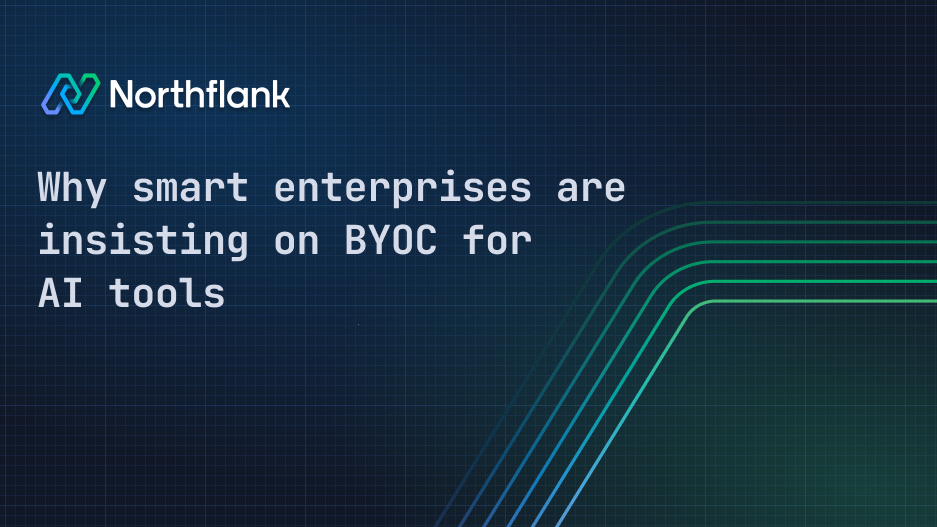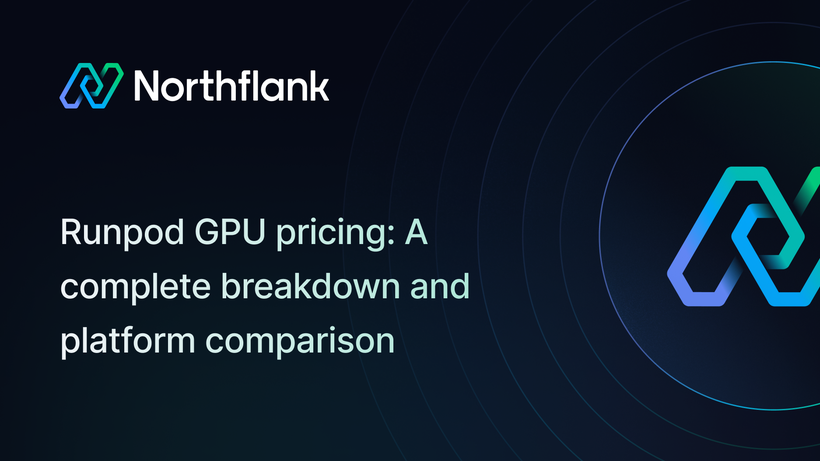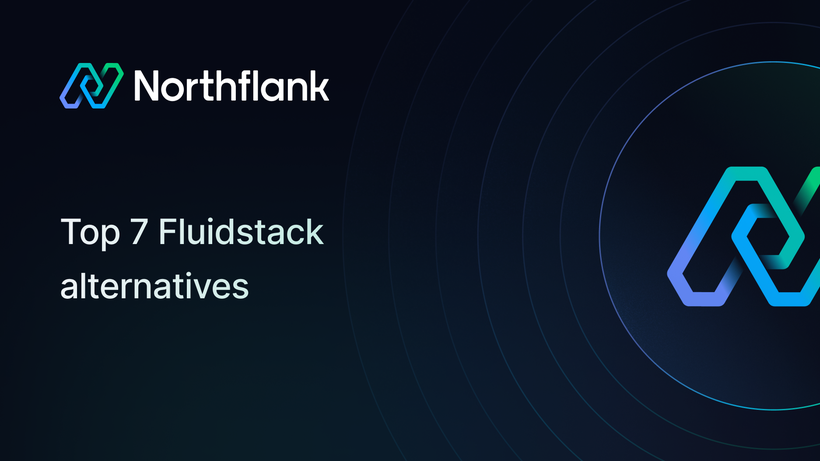

Why smart enterprises are insisting on BYOC for AI tools
If you’re evaluating AI tools for your company, you’ve probably noticed a pattern: most vendors expect you to use their hosted setup: vendor cloud, vendor region, vendor controls.
It’s SaaS all the way down.
But for a growing number of enterprises, that assumption doesn’t fly anymore.Instead, they’re asking for BYOC: Bring Your Own Cloud. Run the software inside your infrastructure, on your terms.
At Northflank, we talk to engineering and platform teams every day. The message is consistent: if the product touches sensitive data, affects performance, or plugs into core systems, it’s not getting deployed unless it runs inside the company’s own cloud.
Here’s why BYOC is becoming the default:
You don’t need a vendor’s opinionated monitoring stack. You already have metrics, logging, dashboards, alerting, and incident workflows wired up across your infra.
ITSM tools further support this by helping manage service requests, incidents, and changes without disrupting established processes.
Running software in a vendor-controlled environment just breaks that flow. Now you’ve got to maintain two sets of tools and patch over the disconnect.BYOC avoids all that. Run the software in your own cloud account and everything integrates out of the box: same CI/CD, same observability, same playbooks.
LLM inference and vector search aren’t cheap, and running them behind a vendor SaaS paywall often means paying for their infra plus their markup.With BYOC, you can:
- Run workloads on your own committed cloud spend
- Share GPU resources across internal teams
- Co-locate compute with your data
- Fine-tune performance and cost
You’re paying for redundancy. BYOC gives you the efficiency and control to avoid that.
If you’re in healthcare, finance, or any regulated industry, sending sensitive data to a third-party vendor environment can trigger weeks of review, or an outright no.
BYOC keeps everything inside your perimeter. No data egress, no mystery zones, no special exceptions to get legal sign-off. You control where the software runs and how it connects.
For many teams, that’s not a nice-to-have. It’s the only path to production.
AI workloads are often latency-sensitive. If inference happens 200ms away in someone else’s region, you feel it. You also don’t get a say in the hardware, you get whatever the vendor picked.BYOC lets you control all of it:
- Deploy in the same region as your app
- Choose hardware that fits your footprint
- Optimize for cost, speed, or both
You own the performance envelope.
Most modern AI tools can technically run anywhere. They’re built on containers, Kubernetes, Helm charts. That’s what makes BYOC feasible.
But “feasible” isn’t the same as fun.
Most teams don’t want to wrestle with Helm values, secret management, networking edge cases, and YAML sprawl just to get an app live. They want flexibility without the operational tax.
Deploying vendor software into your own cloud shouldn’t feel like assembling furniture with missing parts. Northflank turns that mess into a clean, automated workflow.
- One-click installs into your AWS or GCP account
- No need to write your own Terraform or manage Helm charts
- Secure, auditable, and production-ready out of the box
Whether you’re evaluating third-party tools or building your own internal platform, Northflank gives you a first-class deployment model that meets enterprise standards.
BYOC isn’t a niche ask anymore. It’s what smart teams are demanding because it puts them back in control of cost, performance, and security.If your vendor doesn’t support it, the conversation is already over.


